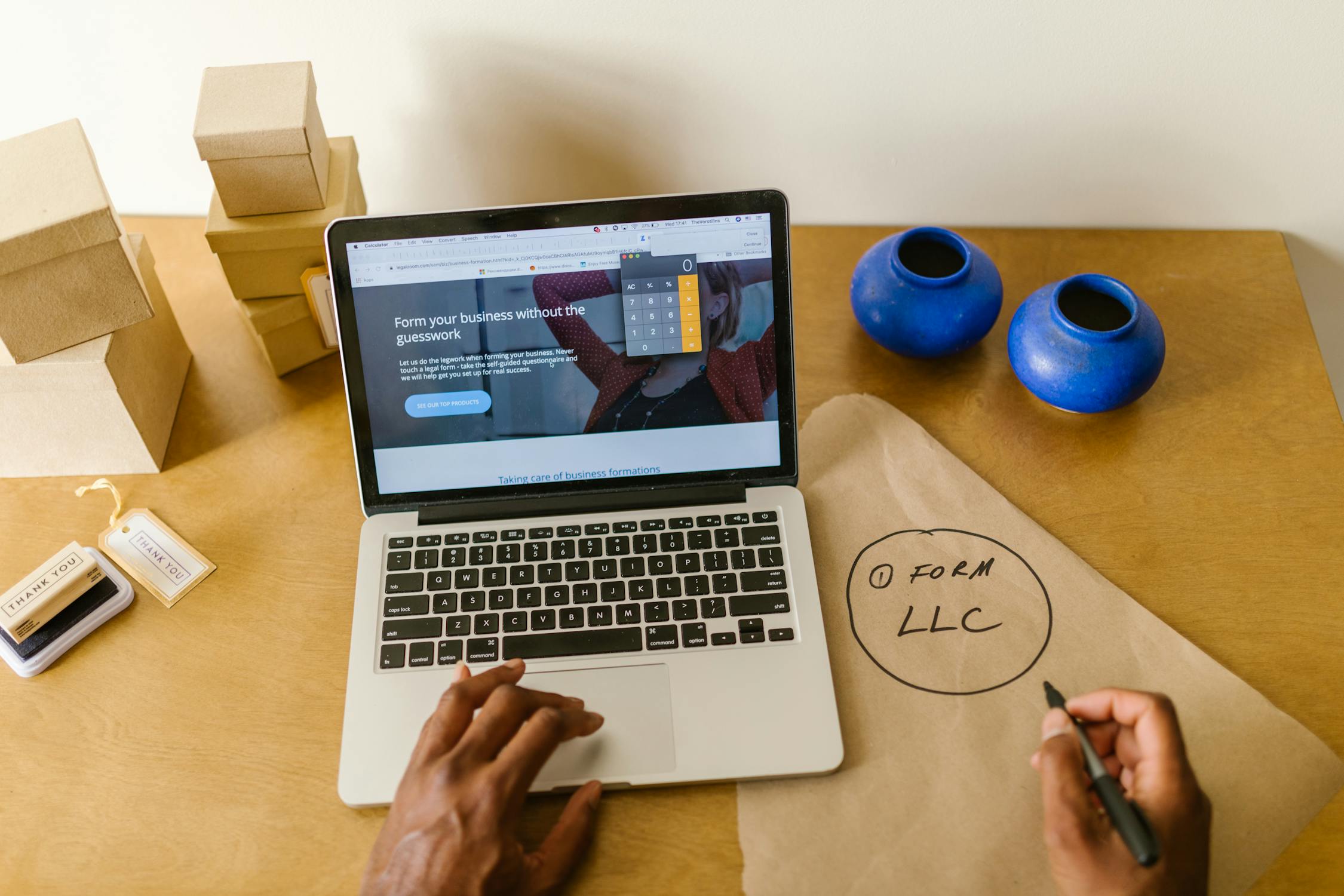A problem that many small business owners struggle with is a very basic one – how to pay yourself! It might feel weird to pay yourself as the owner of your own business, but you owe yourself a salary or some form of compensation while you’re maintaining and growing your business.
Whether you use Intuit Quickbooks, ADP, or some other bookkeeping software, you need to be paying yourself out as a business owner.
The average small business owner makes roughly $70,000 a year according to data from Payscale (this may seem low because it doesn’t account for many business owners who make very little during the initial years running their business).

And most business owners pay themselves in one of two ways – one, they draw a salary, which is a set amount of wages they pay themselves every pay period, or two, they do an owner’s draw, which is where they take funds out of the business for personal use.
So how do you know which way to pay yourself? Here is the best way for each type of business.
Paying Yourself as a Sole Proprietor in a Sole Proprietorship
If you are doing a sole proprietorship, it’s best for you to pay yourself as an owner’s draw. An owner’s draw lets you pay yourself using money credited to the business and ends up counting against your business’s equity balance, which is good for tax implications on your business.
If you are a Quickbooks user, you can use Quickbooks Desktop versions such as QBE, Quickbooks Online, Quickbooks Payroll Core, or Quickbooks Payroll Premium to pay yourself as a sole proprietor.
Notably, the benefit of an owner’s draw is that it’s flexible, allowing you to fluctuate depending on how your business is performing. The drawback of an owner’s draw is that it depletes the funds available for business use.
Paying Yourself as a Partner in a Partnership
If you are a partner in a partnership, you have an easy decision here. You’re actually prohibited from taking a salary since a partner cannot be both a partner AND an employee in a partnership.
Therefore, the partner must take an owner’s draw, although the most common payment for partners is a guaranteed payment rendered for services to the partnership. The partner will have to pay income tax on the guaranteed payment and the overall profit of the partnership will be reduced accordingly.
Bookkeeping systems like ADP Run give you the ability to easily pay yourself as a partner and give yourself an owner’s draw as compensation.
Paying Yourself from a Corporation
Corporation owners (otherwise known as shareholders) are paid using salary and dividends, not owner’s draw. Dividends are distributions of the company’s profits, which the business can opt to send or choose not to send based on performance. Regardless of the dividend situation, though, a corporation owner must pay himself or herself a salary based on reasonable wages for her specific job.
If you use both salary and dividends to pay yourself over the course of the year, it may be wise to invest in an external accounting service like Quickbooks Los Angeles to help you keep a record of payments for your books. You can also use Intuit Quickbooks or ADP to assist here as well.
Paying Yourself from an LLC
Limited Liability Companies (LLCs) are a little bit trickier as they differ state by state. Overall though, they can be treated as either sole proprietorships, partnerships, or corporations. Depending on the state laws that the LLC is domiciled in, the business owner will have one of the three above options at his or her disposal for payment.
Again, it might be wise to use a professional accounting service like Quickbooks Los Angeles to assist with discerning how to pay yourself from your LLC. We helped thousands of small businesses all over the country get the accounting help they need to make paying yourself as a small business owner one less thing you have to worry about regarding your business.
Paying Yourself as the Business Owner of an S Corp
S Corps offer the ability to pay out in the form of both salaries and distributions. She’ll need to discern a reasonable compensation plan for herself and to withhold taxes from her paychecks. If she has enough equity, she can take distributions from earnings which were previously taxed at her personal rate.
As an S-Corp business owner, your payments can get complex if you’re drawing a salary and distributions. Keeping detailed records of your payments to yourself will be super useful to you from a tax and corporate planning perspective.
Get Quickbooks Help as a Business Owner
Business owners need to make a series of evaluations on what works best for them and their business when it comes to paying themselves. By discerning what makes the most sense from a tax and working capital situation, a business owner can make the right decision to help his or her business succeed and pay themselves fair wages.
Warning: as a small business owner, you’d probably prefer to spend as much time as possible working on your business instead of in your business. That means more time figuring out how to grow and scale profitably and less time inside of accounting software like ADP Run or Quickbooks Payroll Core. Being a business owner means you wear a lot of hats, and being a full-time accountant shouldn’t be one of them.
Here at QuickBooks Los Angeles, we specialize in QuickBooks accounting and financial reporting across Southern California. If your small business needs help getting your books in order, we’d love to help! Reach out for assistance and our team will respond.